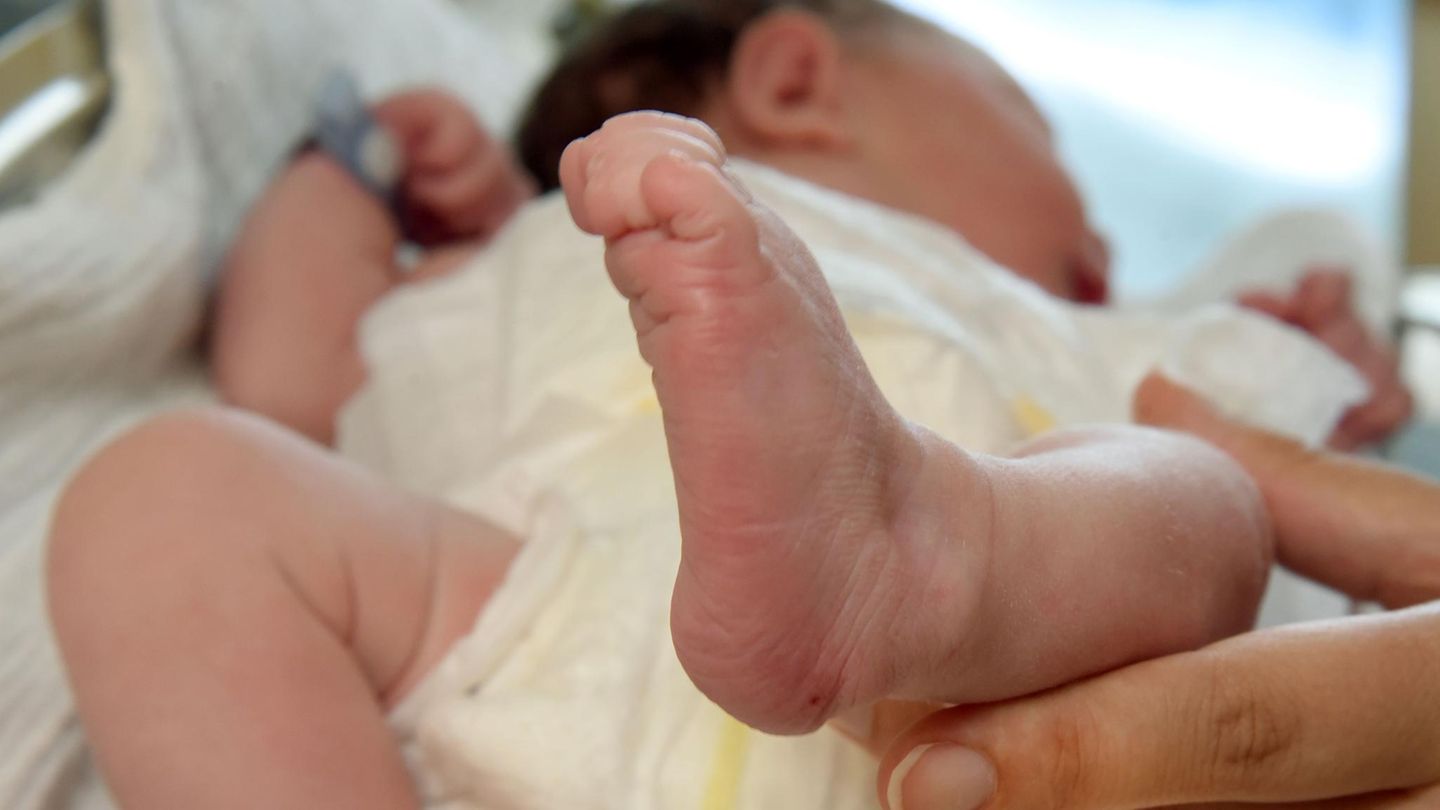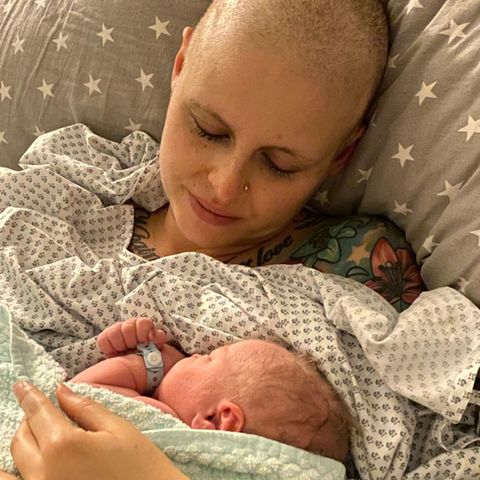project
Creative obstetrics – if the midwives ride in the ambulance
Copy the current link
With a midwife project, births are also to become more secure in rural areas. They support the emergency services in obstetrics.
Some babies want to be born particularly quickly. In rural areas in particular, this can be dangerous – for example when it happens faster than the mother expected and both need support. In order to help heavily pregnant women and their babies, the emergency services in several districts of Hesse’s midwives can consult with obstetrics.
One of them is Mona Loos from Schlitz in the Vogelsberg district. She not only knows the practical side of the missions from her own experience, but also scientifically examined the project “Midwives in the emergency services” in its master’s thesis. In doing so, she focused on the Vogelsberg and the neighboring districts of Fulda, Marburg-Biedenkopf and Main-Kinzig.
Birth on the country road does not have to be
“Our task is primarily to clarify whether the child is born quite quickly or whether there is still enough time to go to the clinic,” explains the 35-year-old. “Of course we want to prevent a birth somewhere on the country road.”
According to the German Red Cross, the midwives registered with the rescue control centers are alerted with corresponding operations and go to the site. In urgent cases, they could also be picked up with a emergency vehicle, said the DRK state association Hessen.
Depending on the situation at the scene, there are various options, explains Loos: Maybe the child will be born at the mother at home or the heavily pregnant woman will be brought to the clinic with the emergency services. “Sometimes we are midwives on board, sometimes the car also drives the mother to the clinic alone, where the midwife there is waiting.”
Expertise of midwives is required
“A birth in the emergency services is a rarity,” reports Dennis Humburg, the medical director of the emergency services in the Vogelsberg district. “That makes the matter very difficult for the medical and non -medical staff.”
Of course, the topic of birth is part of the training of emergency paramedics and emergency doctors, says the 44-year-old. But it is only a small part of the emergency medical training, so there are no routine for most emergency doctors. “That is why it is extremely valuable for a doctor if you can get the expertise and the additional hands of a midwife.”
“Our paramedics of our emergency paramedics will prepare for obstetrics and child emergencies during their vocational training,” explains Gisela Prellwitz from the DRK-Hessen. Nevertheless, birth in the everyday life of the emergency services is an exception. The use of midwives in the emergency services should be welcomed all the more.
The midwives would bring “valuable expertise and routine directly to the site and thus make an invaluable contribution to the optimal care of mother and child,” emphasizes the spokeswoman. This system has already been successfully established in numerous Hessian counties.
According to DRK-Hessen, there are such models in the Waldeck-Frankenberg, Groß-Gerau, Fulda, Gießen, Marburg, Vogelsberg, Main-Kinzig and Main-Taunus. The Wetteraukreis and the Lahn-Dill district are to follow.
Creative solutions for rural regions
According to the emergency doctor Humburg, the midwife project shows that the emergency supply “works well even in a sparsely populated region with long travel paths if you are looking for creative solutions”. According to Loos, pioneer in the concept was the Main-Kinzig district.
The counties she examined are very satisfied with the project, reports the 35-year-old. “The presence of the midwife lowers the stress, the fears and worries that go hand in hand with obstetric missions,” says Loos. “Therefore, the presence of a midwife is a relief for the emergency services and of course also for mothers.”
According to Loos, five other colleagues take part in the project in Vogelsbergkreis. The midwives in the emergency services are not obliged to operate or on -call service. The call is not paid. “I see this as volunteering, such as other people go to the fire brigade,” emphasizes the midwife. The midwives themselves can settle the use itself through the health insurance companies.
Network of midwives
The more midwives participate in the network, the more extensive and better, according to Loos’ assessment. It is also important that the midwives can be reached across district borders. “But that often happens in practice: you help each other.”
In her previous missions, the midwife accompanied a heavily pregnant woman while driving in the ambulance. “All women came to the clinic in time,” she says. There they gave birth to their children with the help of the hospital staff.
It looks different with the medical director of the emergency services: The emergency doctor took part in a mission last year, in which an expectant mother was brought to the clinic in Fulda in the ambulance, but the child was born a few minutes from the hospital on the way a few minutes – without midwife. “The birth was completely complication and easy,” recalls Humburg. “But I was able to apply something directly that I had taken in a further training of Mona (Loos) a few days before.”
Dpa
Michael Bauer/ TPO
Source: Stern
I’m Caroline, a journalist and author for 24 Hours Worlds. I specialize in health-related news and stories, bringing real-world impact to readers across the globe. With my experience in journalism and writing in both print and online formats, I strive to provide reliable information that resonates with audiences from all walks of life.








